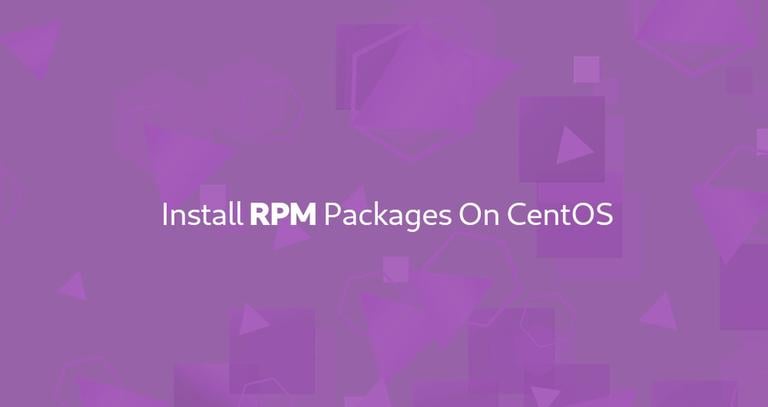

Netatalk src rpm centos install#
Next we will install the required dependencies to build the ~]$ sudo yum install -devel libtool avahi rpm-build The Cent team highly recommends that you install all software through RPMs instead of source installs for optimal ~]$ sudo useradd -u 10000 -M -s /sbin/nologin mockbuild The first step is to create another user called mockbuild. Next we’ll create the RPM build ~]$ mkdir -p ~]$ echo ‘%_topdir %(echo $HOME)/rpmbuild’ > ~/.rpmmacrosĮDIT: Sometimes the second line fails if you do a direct copy and paste. If it gives you an error message just delete both ‘ and readd them in the command line.
Netatalk src rpm centos download#
Next we need to download the netatalk source file.

The newest version, as of this writing, is 2.2.2. However the only source file they have is for el6 which is Red Hat Enterprise Linux version 6. This version uses systemctl instead of init.d for loading and unloading services. So we need to find sources for Fedora 15 and ~]$ wget CentOS 6 still uses the older version instead of the newer one. Next is to begin building the ~]$ rpm -ivh ~]$ cd SPECS]$ rpmbuild -ba SPECS]$ cd. This part is pretty easy as it’s only one x86_64]$ sudo rpm -ivh netatalk-2.2.86_64.rpm If all went well when you ls in this directory you should see two RPMS. This should have created a directory /etc/netatalk and a service in /etc/init.d/ called netatalk. The default settings should be sufficient to test whether netatalk is working correctly or not, but part of making AFP, AFP is it shows up in the finder side bar. Next we need to edit the avahi services directory to allow AFP to show up with x86_64]$ sudo vi /etc/avahi/services/rvice Reload iptables so the changes take x86_64]$ sudo service iptables restart A INPUT -m state –state NEW -m tcp -p tcp –dport 548 -j ACCEPT First we need to add the AFP port to x86_64]$ sudo vi /etc/sysconfig/iptablesĪfter the line that accepts the SSH port add: So there’s a couple of files that still need to be tweaked. I prefer to use Apple’s server icon for servers, but you can choose any of the these options: Macmini, iMac, MacPro, Xserve, MacBook, MacBookPro or MacBookAir One thing to note is that I use Xserve as the model. Rpm -ivh ~/rpmbuild/RPMS/x86_64/netatalk-3.1.7-0.1.86_64.rpm configurationĬat > /etc/avahi/services/rvice > /etc/netatalk/afp.conf > /etc/netatalk/nf > /etc/netatalk/fault > /etc/nsswitch.Next is to turn everything on and make sure they stay on after a x86_64]$ sudo chkconfig netatalk x86_64]$ sudo chkconfig avahi-daemon x86_64]$ sudo service avahi-daemon x86_64]$ sudo service netatalk start That completes the basic installation for the service. Rpmbuild -bb ~/rpmbuild/SPECS/netatalk.spec Yum install -y bison docbook-style-xsl flex dconf Yum install -y avahi-devel cracklib-devel dbus-devel dbus-glib-devel libacl-devel libattr-devel libdb-devel libevent-devel libgcrypt-devel krb5-devel mysql-devel openldap-devel openssl-devel pam-devel quota-devel systemtap-sdt-devel tcp_wrappers-devel libtdb-devel tracker-devel

Yum install -y rpm-build gcc make wget install netatalk Netatalk3111011el7centossrcrpm Install Time Machine service on CentOS 7


 0 kommentar(er)
0 kommentar(er)
